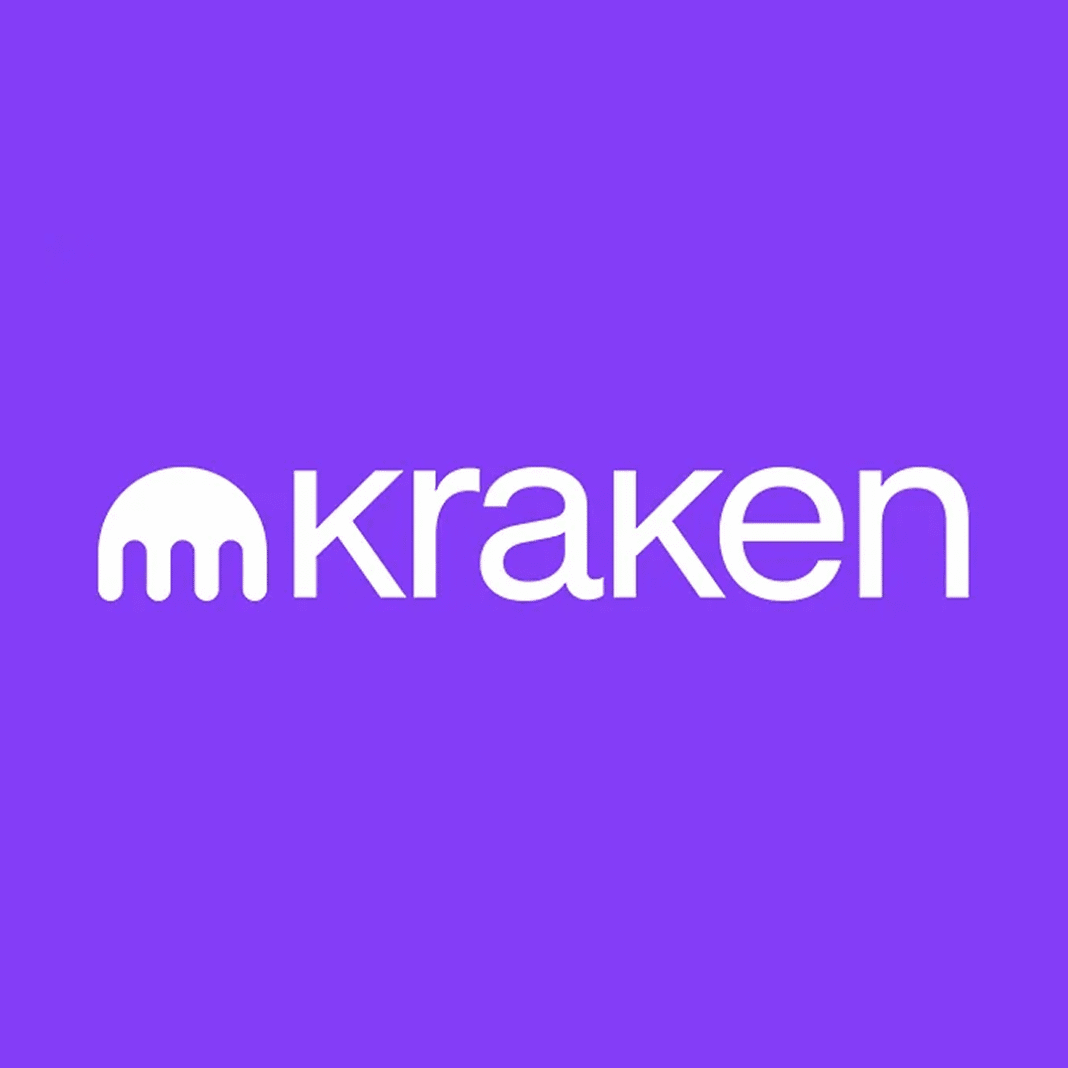Kraken is one of the oldest and most respected crypto exchanges still running. Founded in 2011, it’s known for strong compliance, security, and transparency. As of October 2025, it handles around $1–2B in daily trading volumeaccording to CoinMarketCap and CoinGecko.
For beginners and institutions, Kraken is a fortress. For degens, it often feels too conservative, with slower listings and fewer high-risk products. Still, if you want a safe secondary exchange to park funds or access fiat rails, Kraken delivers.
📜 Background & Reputation
Kraken is a San Francisco–based exchange that launched in 2011, making it older than Coinbase and Binance. It survived Mt. Gox, multiple bear markets, and regulatory waves in the US and Europe.
Its reputation is security-first. Kraken has never had a major hack that lost user funds. It’s also one of the first exchanges to undergo public audits and push proof of reserves. For many, it’s the “trust anchor” in a sea of risky platforms.
🚀 Features and Offerings
Kraken offers a mix of retail and pro-level services.
- Spot trading with hundreds of coins, though listings come later than Bybit or MEXC.
- Kraken Pro for advanced traders with deep liquidity.
- Futures and margin with up to 50x leverage, lower than Bybit or Bitget but safer for risk management.
- Staking for multiple tokens, though US staking services have faced regulatory limits.
- Fiat support with bank transfers, SEPA, SWIFT, and multiple currencies.
- Mobile app with both beginner and pro modes.
Kraken is often praised for its fiat on/off ramps, making it a bridge between the traditional banking world and crypto.
🛡️ Safety and Trust
Kraken has one of the cleanest records in the industry. It uses cold storage for most funds, offers advanced security options, and has a culture of transparency. In 2023, Kraken completed another public proof of reserves audit, setting a standard many exchanges still avoid.
It is heavily regulated in the US and Europe. The downside is that US regulators forced Kraken to shut down certain staking services and increase KYC demands. This frustrates degens but reassures institutions.
User complaints are less about hacks or scams and more about slow support or strict compliance. On Trustpilot, you’ll find reviews like:
- “Very safe and professional.”
- “Great fiat on/off ramps, fees are reasonable.”
- “KYC was a nightmare, locked out for weeks.”
🎭 What the Users Say
Positive:
- “Kraken feels like the safest place to hold coins.” — Reddit post
- “Easy to connect to bank account, smooth fiat transfers.” — App Store review
Negative:
- “Listings are too slow, missed early gains.” — community feedback
- “Verification is too strict and takes too long.” — Trustpilot
The vibe: trusted by cautious users, avoided by thrill-seekers.
🌍 Who Actually Uses Kraken?
Kraken is strong in the US and Europe, especially among institutions, traders who care about compliance, and users who need fiat ramps. Among degens, it’s more of a side tool for deposits and withdrawals than the main battlefield.
📊 Real Examples
- In 2021, Kraken was one of the first US exchanges to publish proof of reserves, boosting trust after the FTX collapse.
- In 2023, it faced regulatory heat in the US over staking services, paying fines but continuing operations.
- In 2025, it remains a go-to for fiat liquidity in USD and EUR.
🎰 Should a Degen Use It?
Kraken is like the high-security vault at the casino. Safe, clean, and reliable, but not where you go for wild nights and risky bets.
If you need fiat rails, safe custody, or a backup exchange, Kraken is excellent. But if you’re chasing memecoin listings or 100x perps, you’ll get bored here fast.
🏁 Final Degen Verdict
Kraken is the safe harbor of crypto. It’s transparent, secure, and battle-tested, making it one of the most trusted exchanges in the world. But for degens, it’s too slow, too strict, and too conservative.
Use it as your safety net or fiat bridge, not your playground.
WAGMI — but maybe not all-in here.


